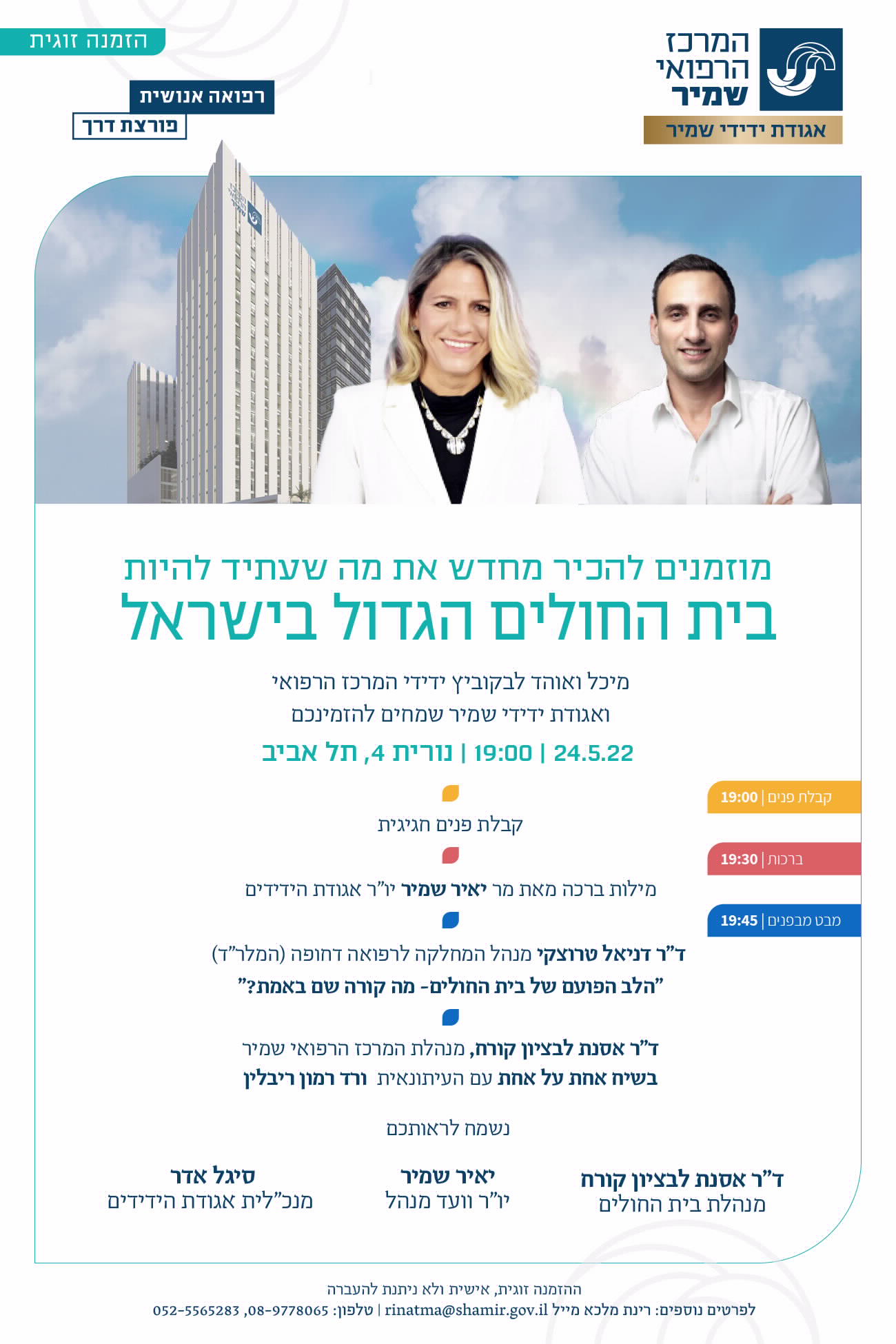Long COVID Treatment
Long COVID – Still Suffering from Lingering Symptoms?

COVID-19 has wreaked havoc on the planet, and many are still recovering from (or adapting to) changes in work habits, social norms, and financial loss. For many, however, one effect of COVID-19 isn’t fading: Those suffering from long COVID.
In October 2021, the World Health Organization issued an official definition of long COVID:
“Post COVID-19 condition occurs in individuals with a history of probable or confirmed SARS CoV-2 infection, usually 3 months from the onset of COVID-19 with symptoms and that last for at least 2 months and cannot be explained by an alternative diagnosis. Common symptoms include fatigue, shortness of breath, cognitive dysfunction but also others and generally have an impact on everyday functioning. Symptoms may be new onset following initial recovery from an acute COVID-19 episode or persist from the initial illness. Symptoms may also fluctuate or relapse over time.”
The top of the list of specific symptoms, according to a University of Cambridge and Exeter study, includes forgetfulness (68%), brain fog (69%), and difficulties with concentration (78%). Additional symptoms may include anxiety, shortness of breath, sleep deprivation, and language difficulties. No matter your age, gender, nationality, profession, fitness, or daily routine, these three symptoms alone make day-to-day activities a challenge at best — and incapacitating at worst. It’s no wonder patients with any one of these symptoms are desperate for a treatment plan.
COVID-19’s long-term impact on the brain
A ground-breaking study by the Sagol Center for Hyperbaric Medicine and Research at Shamir Medical Center and Tel Aviv University, suggests that the COVID-19 virus can cause chronic brain injury affecting brain regions responsible for cognitive function, mental status and pain interpretation. Cells, tissues, and blood vessels are compromised, and these damaged structures can degrade natural clotting and blood flow to these specific regions of the brain. As such, the brain needs a proactive, therapeutic approach to recover, because on its own, healing can take months, or perhaps even years.


The Therapeutic Promise of the Hyperbaric Chamber
Previous HBOT-specific studies conducted by Sagol have demonstrated the ability to improve and treat brain injuries such as stroke, traumatic brain injury, age-related cognitive decline, and PTSD in treatment-resistant PTSD veterans by increasing brain blood flow, generating new neurons, and improving brain metabolism.
Under the hypothesis that HBOT’s healing capabilities improve brain function in so many ways, the Sagol Center is the first to apply HBOT to long COVID, reporting extremely positive initial results in a recent randomized, double-blind clinical trial in which:
- 73 long-COVID sufferers were divided into two groups
- One group underwent the HBOT protocol, while the others received a placebo: regular oxygen at normal pressure
- Participants underwent five sessions per week over two months
- All were comprehensively evaluated using MRI, cognitive testing, and thorough symptom analysis
The patients undergoing actual HBOT experienced “significant improvement” across the long list of long COVID symptoms, while the placebo group did not. Specifically, there was marked cognitive improvement connected to the specific damaged brain regions that handle attention and executive function. There was also substantial improvement in energy, sleep, pain interference, and psychiatric symptoms.

The study suggests that HBOT was triggering a process called angiogenesis – the generating of new blood vessels, as well as neurogenesis, the generation of new neurons. Together, these processes allow the brain to repair the damage to the frontal lobes caused by COVID in a way that nature cannot do quickly or perhaps at all. The images below show the before/after images of the expanded fiber growth and blood flow, two of the key objective metrics the study considered a measure of success:

Treating Long-COVID Symptoms: Recommended HBOT Protocol at the Sagol Center
Phase – 1 Medical Assessment: It is critical that specialists monitor progress throughout treatment, so the first step is a battery of tests to empirically measure cognitive function, related medical conditions or physiological weakness, sleep patterns, and any other aspect of long-COVID in which the patient is expected to improve. Testing is performed with an extensive range of equipment by a broad team of experts in each area.
Phase – 2 HOBT Protocol: Next is the actual treatment in the hyperbaric chamber, where the patient wears an oxygen mask for 90 minutes in 40-60 sessions divided over five days for two weeks. During this time patients can read, watch TV, or pass the time however they please. Aside from perhaps a quick ear-popping sensation like on a plane, there is no discomfort or awkward conditions.
Phase 3 - Post-Treatment Assessment: All metrics collected before the treatment are now compared to post-treatment for an objective evaluation of improvements.